We're here to help remove the mystery around how babies learn to crawl. To learn more, we spoke to June Gehman-Deane, a pediatric physical therapist. Gehman-Deane holds a master's degree in physical therapy and is an expert on teaching babies how to crawl.
Watching your baby learn to crawl is rewarding and endearing. Yet, as a mom of three, I also know that crawling can be stressful. From wondering why your baby isn't crawling to worrying they aren't crawling the right way, anxiety can take over. Discover everything you need to know about crawling and how you can help your baby learn this skill below.
When Do Babies Learn to Crawl? Average Baby Crawling Age
The normal crawling age usually falls between 7 and 10 months. However, as parents know, each baby is unique and develops at their own pace. Gehman-Deane says that no two kids are alike.
Parents should also remember that crawling is one aspect of a long list of milestones. The age at which babies begin to crawl varies greatly and is part of a wider process of development.
For example, your baby will learn to roll over, sit up, and hold onto a toy before crawling. The timing for these milestones is different for every baby. What's important is that your baby is making progress and learning new skills.
Do Bigger Babies Take Longer to Crawl?
Yes, bigger babies may take longer to crawl, Gehman-Deane says. Bigger babies might take longer to sit up or crawl because a heavier head and/or body requires more muscle to move. With practice and time, babies who are bigger or heavier than average can also learn to crawl.
Why Crawling is Important
Aside from being cute, crawling is also important for development. What does your baby gain by crawling? Here are just a few of the benefits of crawling:
- Builds your baby's upper body strength
- Helps your baby develop hand-eye coordination
- Boosts cognitive development
Gehman-Deane explained, "Moving around on their own is an important cognitive skill for babies." This ability to move independently helps your baby explore their world and improve their thinking skills.
For example, when crawling, your baby might need to make a plan to get around an obstacle. Plus, crawling helps babies build skills in spatial awareness.

Signs Baby is Ready to Crawl
When do infants begin to crawl? Gehman-Deane says that babies are ready to explore crawling once they can sit unassisted. From this point, babies can shift weight to their arms or reach out to grab toys. Eventually, they'll try crawling.
Yet, Gehman-Deane also explained that babies also achieve many pre-crawling skills. One of those skills is rolling over, which usually happens by around 4 months of age. Plus, babies can often push their chest up, extending both arms, by about 4 months of age during tummy time.
Crawling itself is also a progression. Formal hands-and-knees crawling requires a lot of preparation. Also, not all babies do this type of crawling.

How to Teach Baby to Crawl
Crawling doesn't always happen automatically. Parents can help babies a lot by providing opportunities for practice. Plus, teaching your baby how to crawl is a fun experience.
Tips on How to Help Baby Crawl
Here are some tips from Gehman-Deane on how to encourage your baby to crawl:
1. Use a Play Mat
When your baby can sit unassisted, place them on the floor or a play mat. Put toys to the side of your baby, just out of reach, to provide a small challenge and motivation.
2. From Tummy Time to Crawling
Place your baby on their belly for tummy time. Put toys around your baby in a semi-circle to encourage them to look at different ways and try to pivot.
Need more tummy time inspiration? Try these 7 tummy time activities.
3. Provide Challenges to Help Your Baby Build Crawling Skills
Once your baby can scoot or belly crawl, give them some additional challenges. Gehman-Deane says, "If they get frustrated, help them, but we don't have to make things super easy for babies. Many times, they like a small challenge."
What challenges can you provide? Gehman-Deane recommends putting your leg between your baby and a toy. Or, place a cushion or pillow between your baby and a toy.
Show the toy and encourage your baby to find a way to get it. Whether they go around or over the obstacle, they'll work on their cognitive and crawling skills.
4. Practice Crawling Off Items
Also, when your baby can crawl and climb stairs, they'll need a motor plan to get back down safely. Whether they climb on a chair, stool, or up the stairs, caregivers can help babies learn to crawl off.
Gehman-Deane recommends that caregivers supervise as the baby climbs. Then, they can help position the baby and show them how to climb backward.
Pro Tip: Gehman-Deane says parents should try a little bit of benign neglect when their child is working on a milestone. Remember, when you're learning a new skill, you have to struggle a little, she says. Babies are the same. You don't have to let your baby cry or get really frustrated, but give them the chance to struggle a little so they can succeed.
Types of Baby Crawling
Babies use a variety of crawling styles. Not all babies end up using the classic crawl, using their hands and knees. Other babies crab crawl or stick to the belly crawl, or commando crawl to slither across the floor. Some babies experiment with their hands and feet, crawling without their knees. Yet other babies scoot across the floor on their bottoms or simply roll to get where they want to go.
How to Encourage Baby to Try Different Types of Crawling
When infants start crawling, they often go through a progression. They may start by simply pushing their chest off the ground with their arms. Then, they might shift weight to just one arm when grabbing a toy. The next step is often a belly crawl before they eventually use their knees.
You can help put your baby into position on their hands and knees. Then, gently pull back on their hips, helping them rock back and forth. Before you know it, your baby might try the classic crawl.

Signs Your Baby Needs Extra Support for Crawling
How do you know if your baby needs help learning to crawl? As a parent, it's easy to wonder if your child is developing normally in relation to crawling. Gehman-Deane says, "Trust your gut. If you notice other areas where you see your baby is lacking, go ahead and talk to your pediatrician."
Gehman-Deane listed a few areas that parents should keep an eye on. These include:
- Not babbling
- Not being interested in toys
- Favoring only one side of the body when moving
If you notice one or more of these signs or a lack of interest in crawling, be sure to speak to your child's pediatrician.
Crawling as a Developmental Milestone
In 2022, the CDC took crawling off the list of developmental milestones for babies. The reason for this change is a lack of data. Because there are so many different ways of crawling, it's hard for experts to say exactly what parents should expect. Yet, crawling continues to be an important skill in your baby's development.
The American Academy of Pediatrics created a great tool that helps caregivers identify motor delays. In the tool, you can mark off your child's milestones. Plus, you can see examples of both typical development and physical developmental delays for different milestones. These examples can help you know when to bring up an issue with your baby's doctor.
Pro Tip: If you notice something that concerns you, try to catch it on video. That way, you can show your baby's doctor exactly how your baby is moving.
FAQs Related to How to Help Baby Crawl
Here are a few common questions related to baby crawling.
What if my child doesn't show interest in crawling?
Does it seem like your baby wants to skip crawling altogether? Sometimes, babies skip the crawling stage and go straight into pulling up, standing, cruising, and walking.
Gehman-Deane notes that "Some babies are so good about communicating their needs that they don’t need to move on their own." For example, babies may point or say where they want to go so their caregivers take them there. By being aware of this, parents can help encourage their baby to move independently.
Even if your child wants to head straight into walking, they can benefit from crawling. One way to encourage your baby to crawl is to use the stairs. Or, remove cushions from the sofa so it's easier to crawl up onto it. Try using a favorite toy to entice your child to crawl on these surfaces.
My baby only crawls backward, is that ok?
Yes! All crawling is good crawling. "Everything counts," says Gehman-Deane. Remember that babies need to experiment a lot with movement and play. They don’t have to succeed every time.
Like us, babies also learn from mistakes. So, give your baby the chance to try lots of different types of movement. When infants start crawling, you can help them try different styles of crawling. Get down on the floor to play and see where it leads you.
Why does my baby want to crawl up onto everything?
Babies are learning to move independently. They are in a stage of learning and exploring. That means they naturally want to touch, see, and explore their surroundings.
As much as possible, give your baby the freedom to explore when you're available to supervise. Climbing toys like a Pikler triangle can help your baby start pulling up and climbing safely. Or, play on the floor using a play mat and toys like rattles.
How to Help Baby Crawl: It's a Journey
Helping your baby crawl is a long road toward independence. If you need help along the way, check in with your pediatrician or an experienced pediatric physical therapist.
Do you have more questions? Ask your questions and tell us about your baby's experience with crawling below.
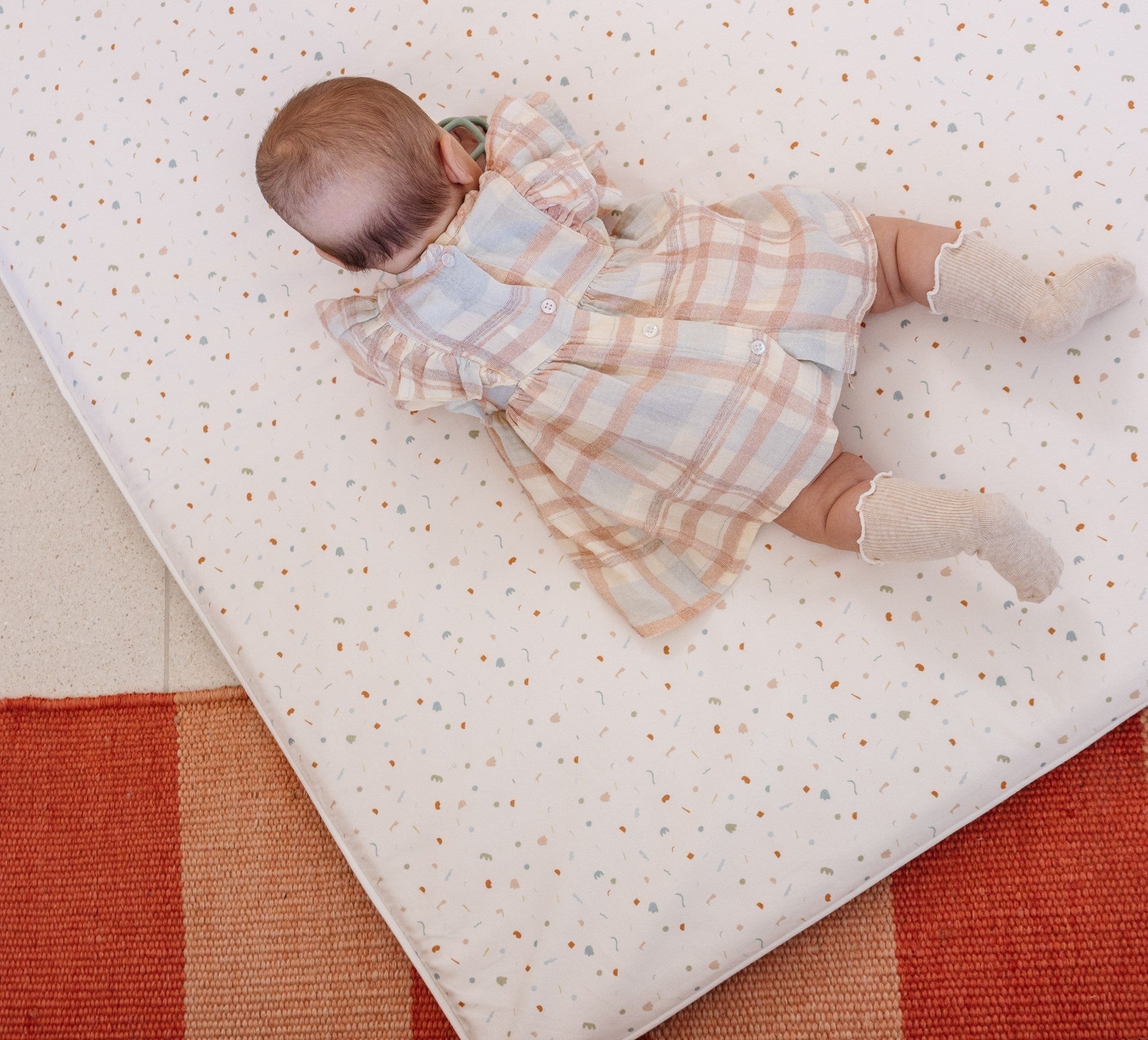

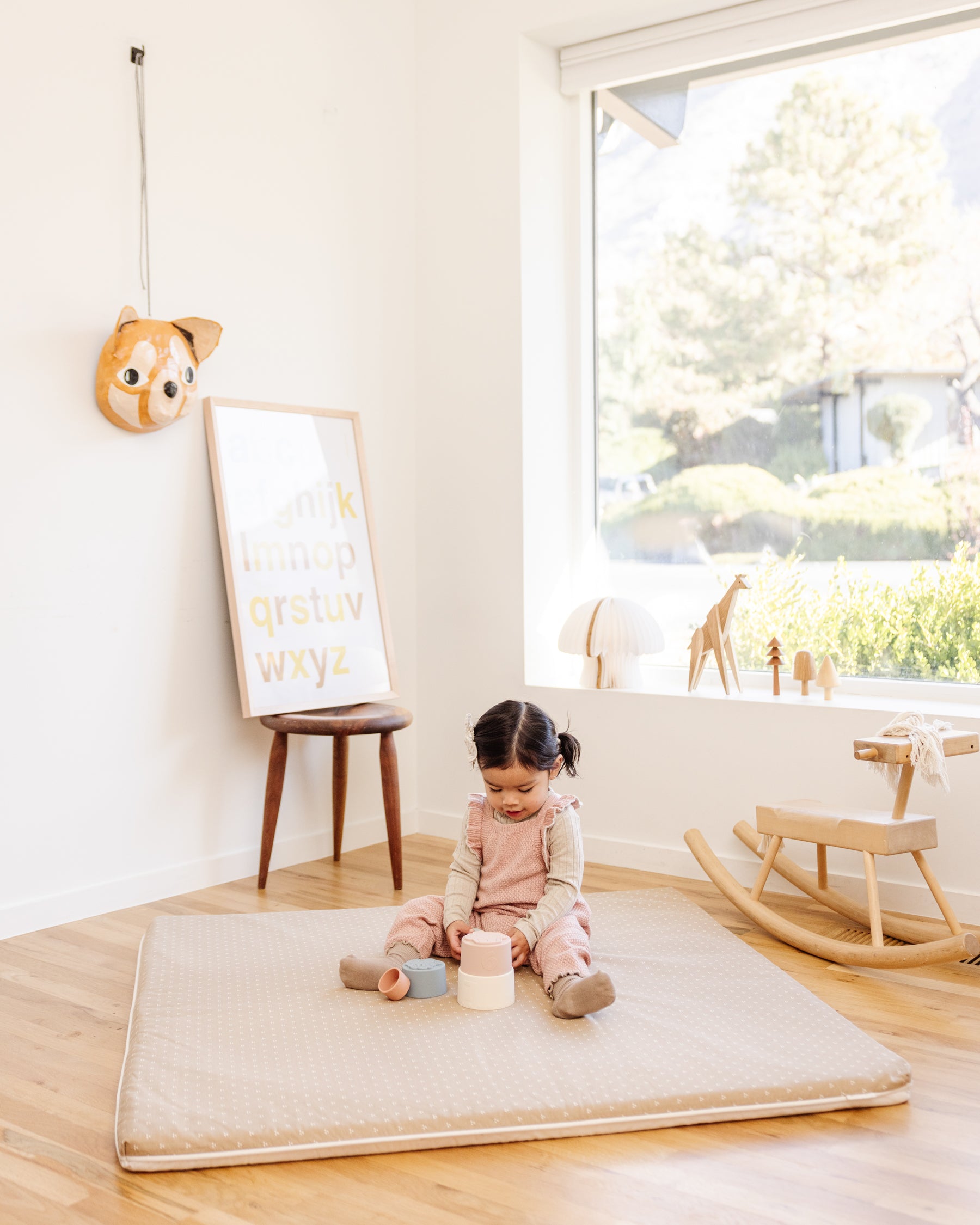
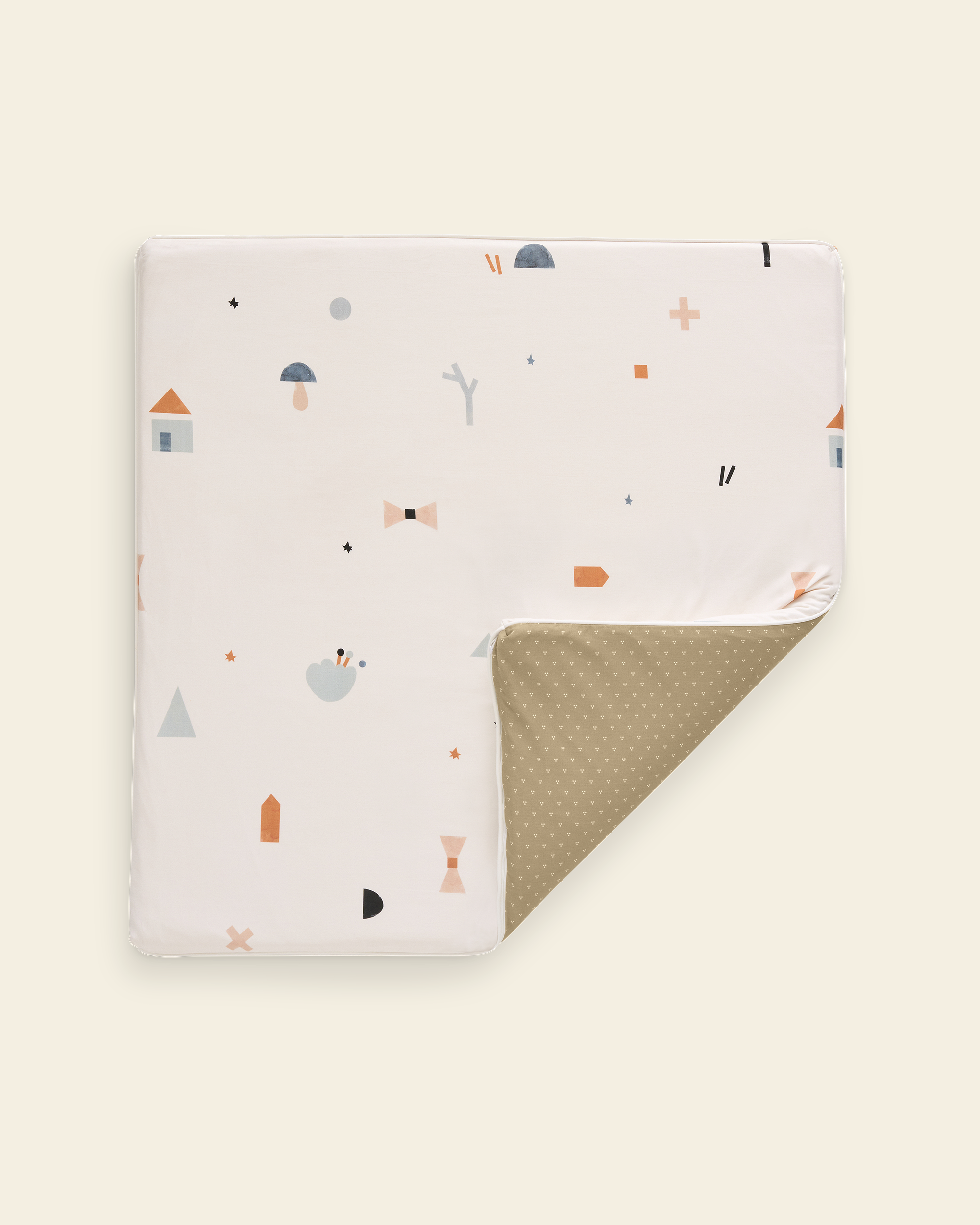
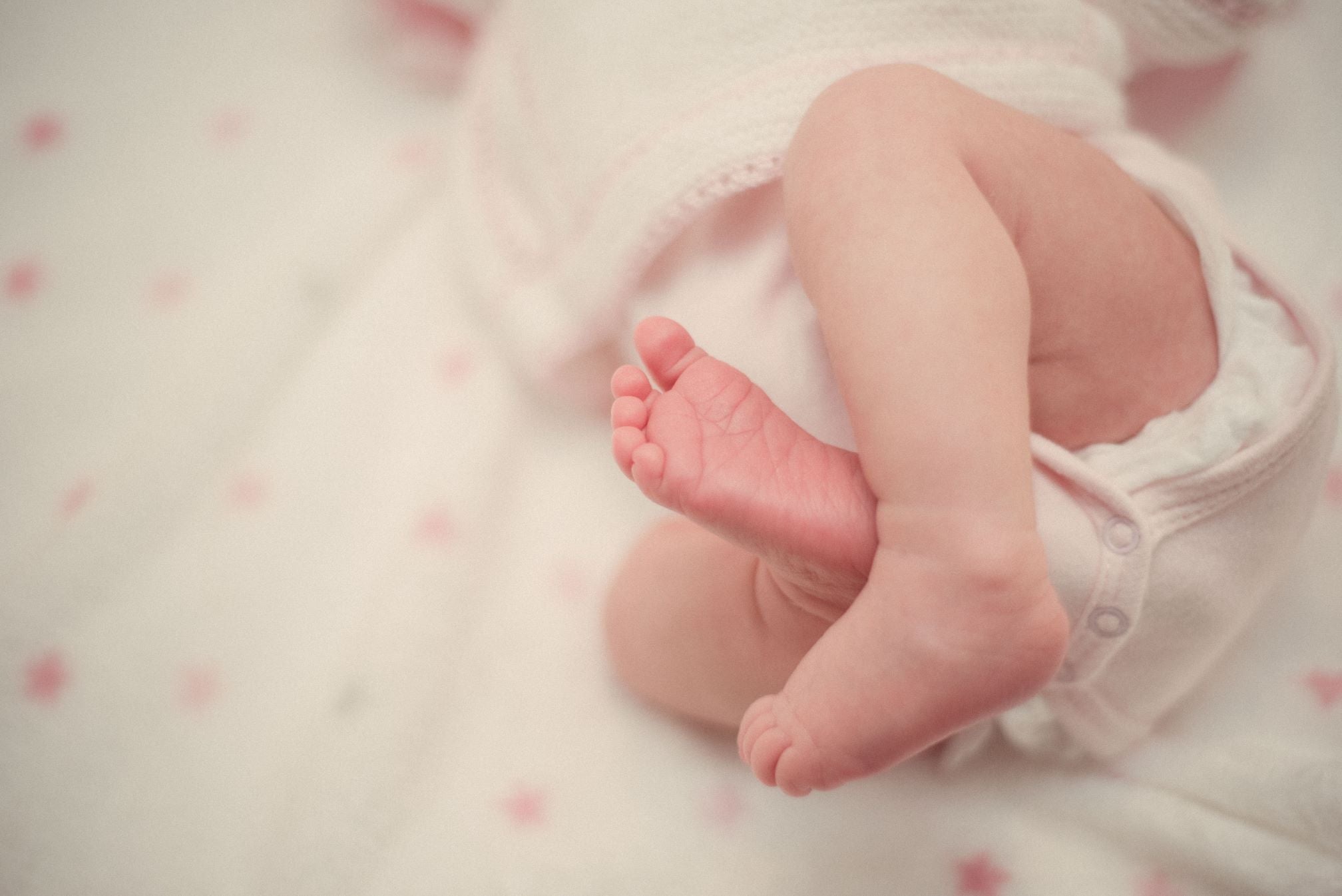
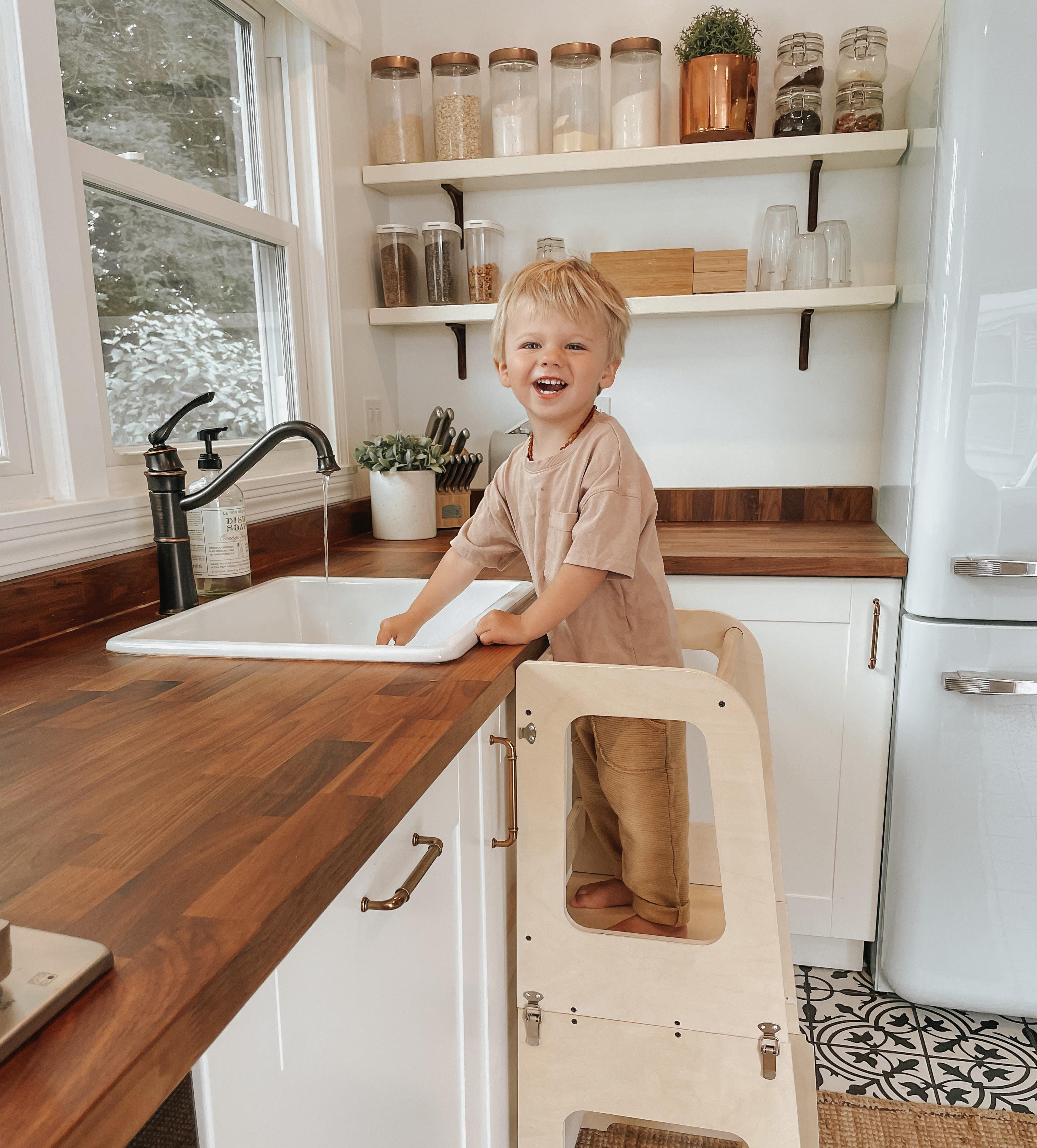
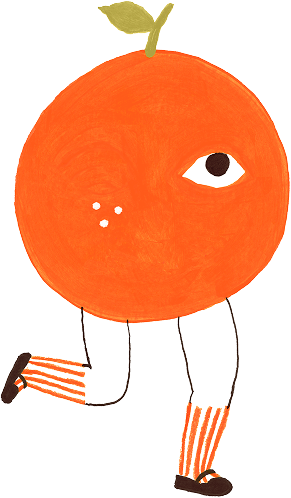
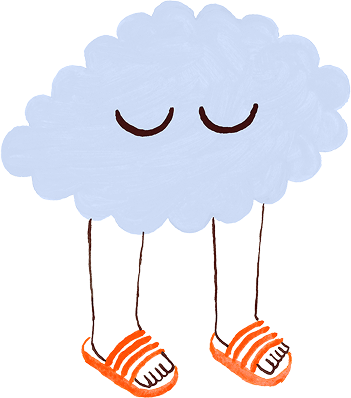
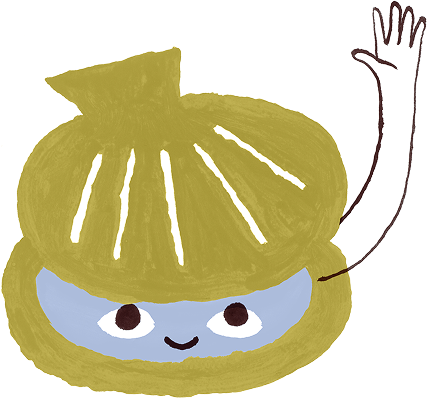
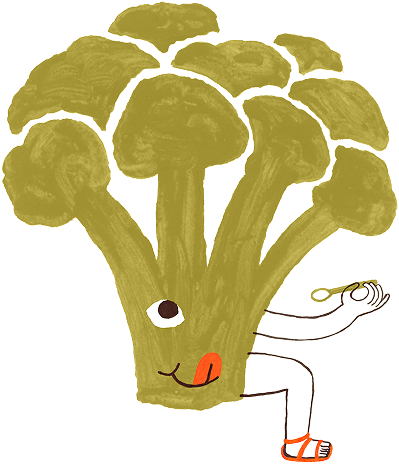
1 comment
Such an insightful blog! The tips for encouraging baby crawling are practical and reassuring. I love how it emphasizes both physical and emotional growth in little ones. A must-read for parents.
synergy physiotherapyclinic
Leave a comment
This site is protected by hCaptcha and the hCaptcha Privacy Policy and Terms of Service apply.